In researching The Chappy Ferry Book, author Tom Dunlop asked his fellow Islanders what they thought was the most spectacular thing to hit the boat in its 200 years of operation
“I’ve gotten some good answers: a whale, a meteorite,” Mr. Dunlop said in an interview this week. “To a man and to a woman they stop and stare at me when I say, ‘No, an airplane hit it.’”
Mr. Dunlop, the author of Morning Glory Farm and the Family That Feeds the Island (2009), and Schooner: Building a Wooden Boat on Martha’s Vineyard (2010) has teamed up again with publisher Vineyard Stories and photographer Alison Shaw to put together what has to be the final word on the Chappaquiddick Ferry. In many ways it was the book he was born to write. He grew up spending his summers in Edgartown and moved to the Island full-time in 1975.
“I remember being a little kid in my father’s arms thinking that is the coolest thing I have ever seen, I actually want to own it,” he said about the rather ungainly three-car ferry which at its peak traverses the 527-foot strait in the Edgartown harbor 20 times an hour.
“I fixated on it the way people get fixated when they hear their first Beatles song or go to an airport and see a 747 landing.”
Mr. Dunlop admits that his obsession was a little unusual, but one that his research has vindicated. As a child, scouring the Gazette archives, Mr. Dunlop would occasionally happen upon references to a plane crash on the boat or to a mysterious blind ferryman. In his book, these and other characters and incidents become fully fleshed out as Mr. Dunlop tells the tale of this centuries-old business. It was a story he felt had never been told before. The book reserves special reverence for the men and women who have operated the privately-owned ferry service, which dates to 1807 and until 1929 consisted of a rowboat.
“For almost 40 years, from 1883 to 1920, the ferryman is someone named Charles Osborn,” he said. “This guy is brave, he’s skilled like no other boatman in the world, but he’s blind from cataracts.”
The man who followed Mr. Osborn, Jimmy Yates, is an equally fascinating character study.
“Here is an operation that goes less than two football fields back and forth, and yet this guy is dressing up with this cap and watch fob and a sunflower in his lapel,” he said. “He continues to row even when Chappaquiddickers are begging for a motorized ferry. This is an age when there were cars going back and forth. How did they do it? Well, the town built a barge for a couple hundred bucks for Mr. Yates. But they didn’t also build a powerboat to tow it.”
Mr. Dunlop says the understatement of the 20th century belongs to the editors of the Gazette who noted upon Mr. Yates’s death that “his arms were tremendously powerful.”
In 1935 the modern Chappy ferry came into being thanks to the ingenuity of owner Tony Bettencourt and legendary Edgartown shipbuilder Manuel Swartz Roberts, who devised what was essentially the first motorized ferry called The City of Chappaquiddick.
“Tony Bettencourt went to Boston to try to get a license for it but nobody had ever heard of a barge that doesn’t get towed,” said Mr. Dunlop.
The advent of the motorized ferry marks, for Mr. Dunlop, the end of an era for Chappaquiddick. While the changes of modernity would continue to lag behind the rest of Martha’s Vineyard, the psychological profile of the Chappaquiddicker as self-reliant frontiersman was forever altered.
Decades later the island would be stripped of its anonymity as well with the 1969 Chappaquiddick incident at the Dike Bridge, and in 1975 the ferry itself was featured as the set piece of a pivotal scene in Jaws.
“Chappaquiddick suddenly finds itself at the center of the zeitgeist — in politics, in culture. You have to ask, why us?” Mr. Dunlop said.
Most impressive to the author, though, is what hasn’t changed in over two centuries.
“The revelation to me was that you’re on an Island where everything is changing all the time and this thing, which is the oldest business on the waters of the Vineyard, is effectively doing the same thing in almost exactly the same way as it was in the beginning of the 19th century,” he said.
Mr. Dunlop, who has on occasion had the opportunity to steer the ferry into its slip, holds a reverent awe for the skill of its operators — especially when the weather turns foul, such as during Hurricane Irene when ferry owner Peter Wells and captains George Fisher and Bob Gilkes braved the passage to pick up a boy with a broken arm on Chappaquiddick.
“This thing goes back and forth at right angles to recreational traffic, some of which has no idea what it is doing. The tide through this harbor is very strong. The trips leave once every five minutes. The skill of the people who run these things, their intuition and their knowledge, the fact that there’s not a crash every third trip, is amazing to me . . . Each one of these trips is, I think in some sense, a miracle,” he said.
The official publication date for The Chappy Ferry Book (published by Vineyard Stories) is July 1, but the book is currently available in stores.

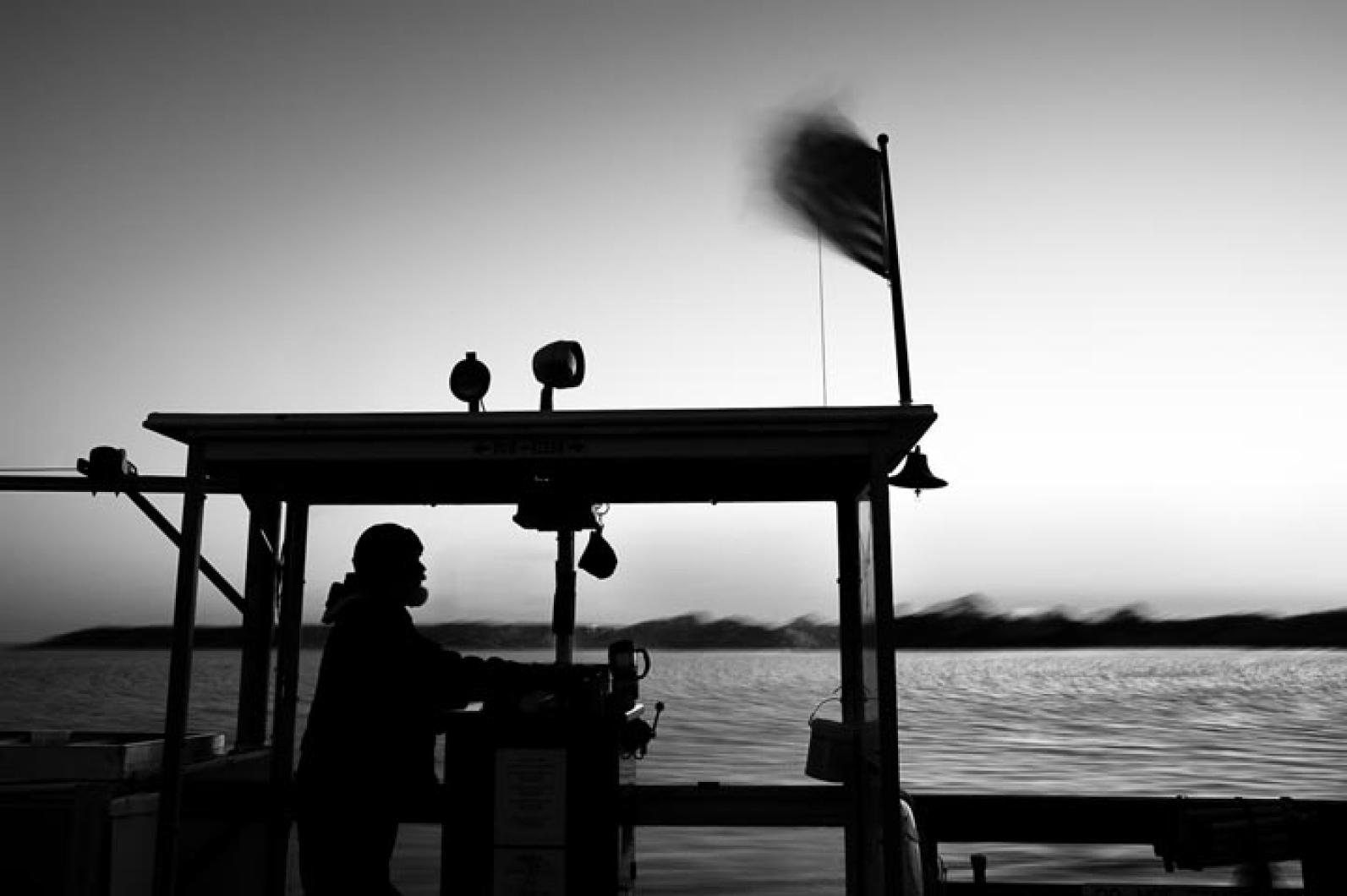
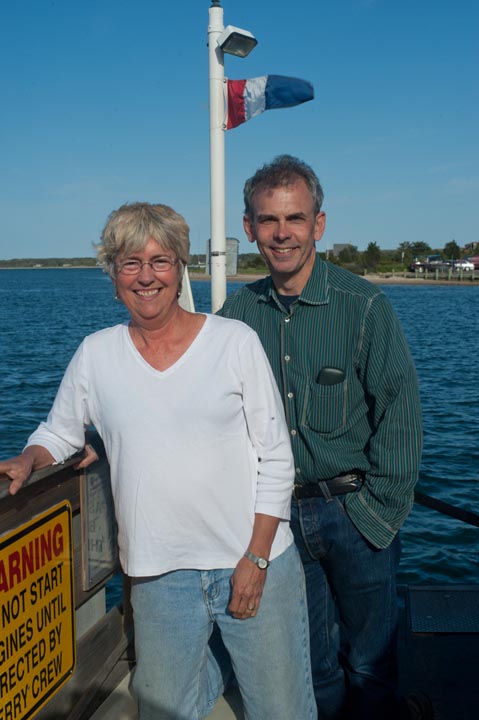
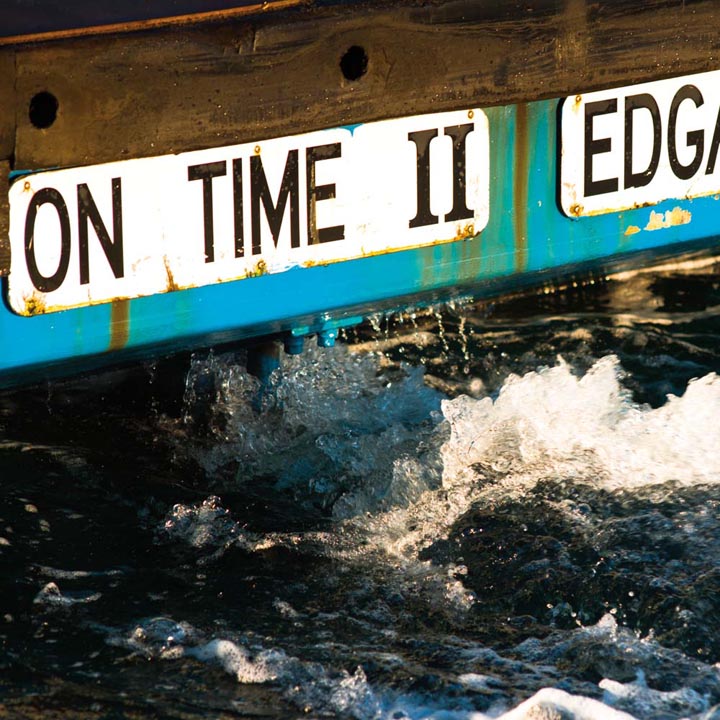
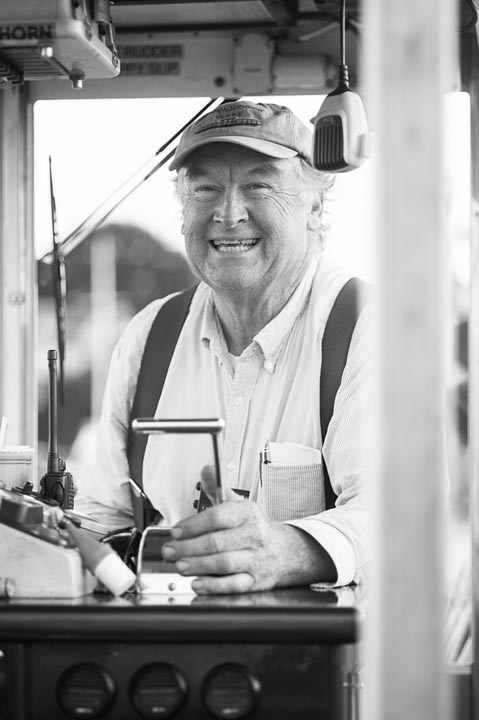
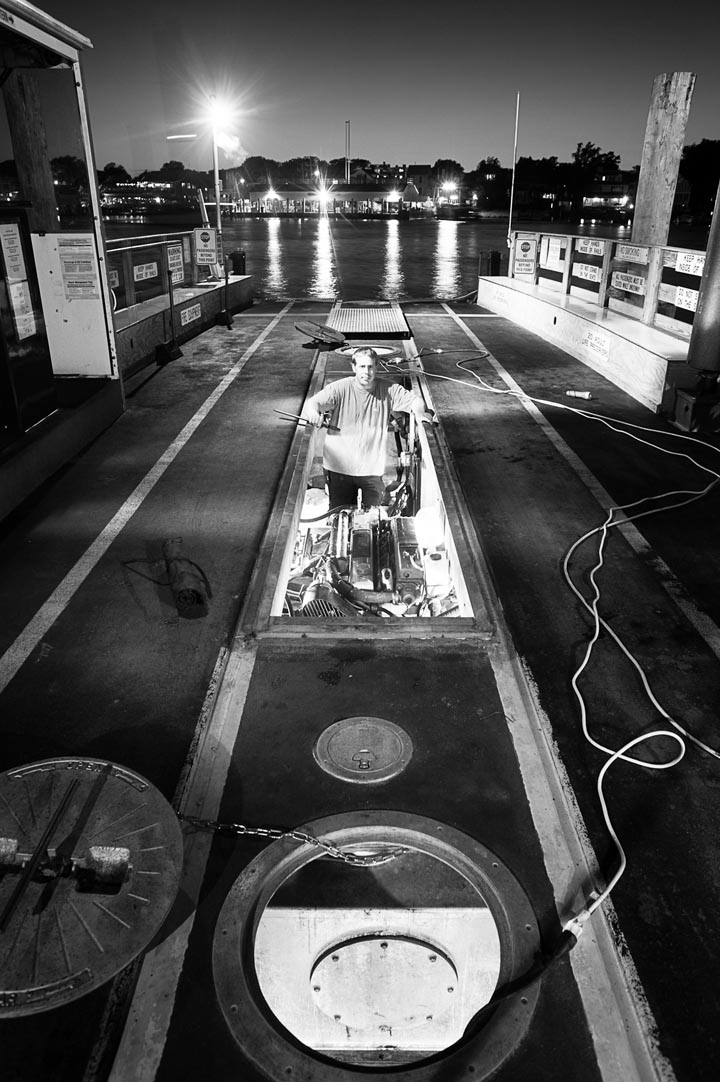




Comments
Comment policy »